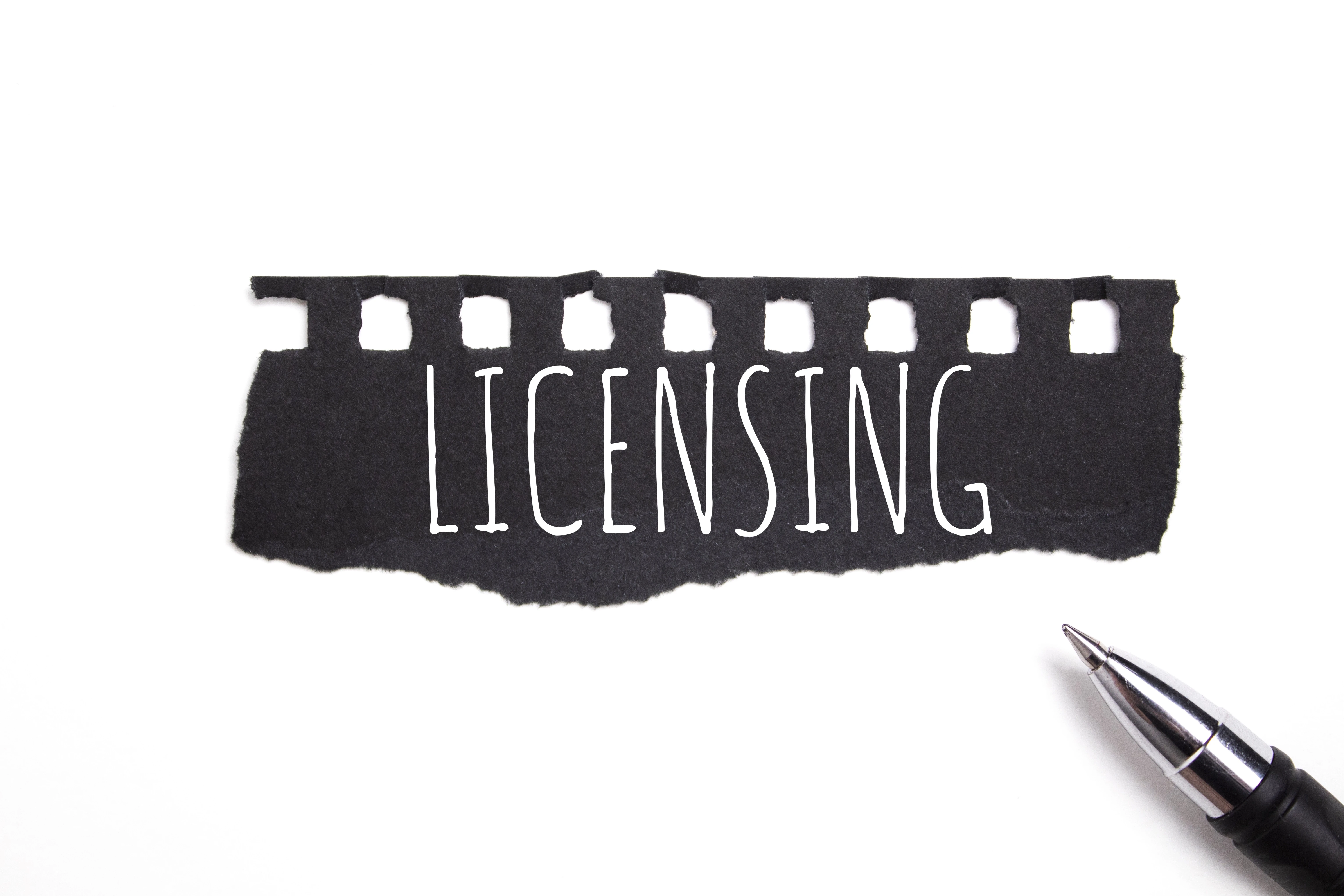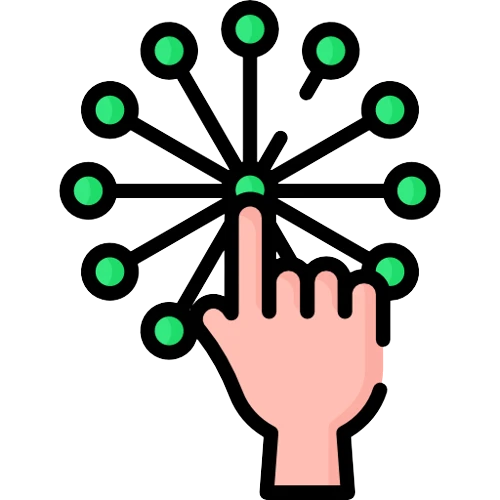Topics:
1. Fundamentals of Testing
Terminology
Common Testing Principles
Basic Test Process
Psychology of Testing
Code of Ethics
Testing Missions and Test Objectives
Seven Testing Principles
Context Drivers for Testing
2. Testing Throughout the Software Life Cycle
Software Development Models
Test Levels and Test Types
Maintenance Testing
Test Impacts of Software Development Models
Illustrating Verification and Validation for Better Understanding
Linking Test Levels with Entry and Exit Criteria
Compare and Contrast Black Box and White Box Testing
Goals, Targets, and Issues within Test Levels
Compare and Contrast Test Types Using Examples
3. Test Management
Test Organization
Planning and Estimation
Progress Monitoring and Control
Configuration Management
Risk and Testing
Incident Management
Project Constraints
Testing Team Organizational Structures
Driving More Accurate Test Estimates
Choosing a Test Approach
Performing Risk Assessment
Identifying Incidents
Writing an Incident Report
Performing a Review Session
Developing Oracles
4. Test Design Techniques
Testing Development Process
Specification-Based Techniques
Structure-Based Techniques
Experience-Based Techniques
Selecting Test Techniques
Tests Designed with Equivalence Partitioning
Using Equivalence Partitioning as a Test Design Method
Using Boundary Value Analysis to Create Tests
Analyzing and Mapping Out Complex Logic in Requirements
Using a Decision Table to Develop Tests
Walking through a State Model
Using a State Model to Build Tests
Using Case Basics
Generating Tests from Use Cases
Analyzing Code Flow with Control Flow Diagrams
Developing Structural Tests for Code and Analyzing Coverage
Differentiating Experience-Based Techniques
Choosing a Test Technique
5. Static Techniques
Static Testing Techniques
Review Process
Static Analysis by Tools
6. Tool Support for Testing
Types of Tools
Effective Use of Tools
Introducing Tools into an Organization
Test Frameworks
Probe Effect
Pros and Cons of Tools
Piloting a Tool





















